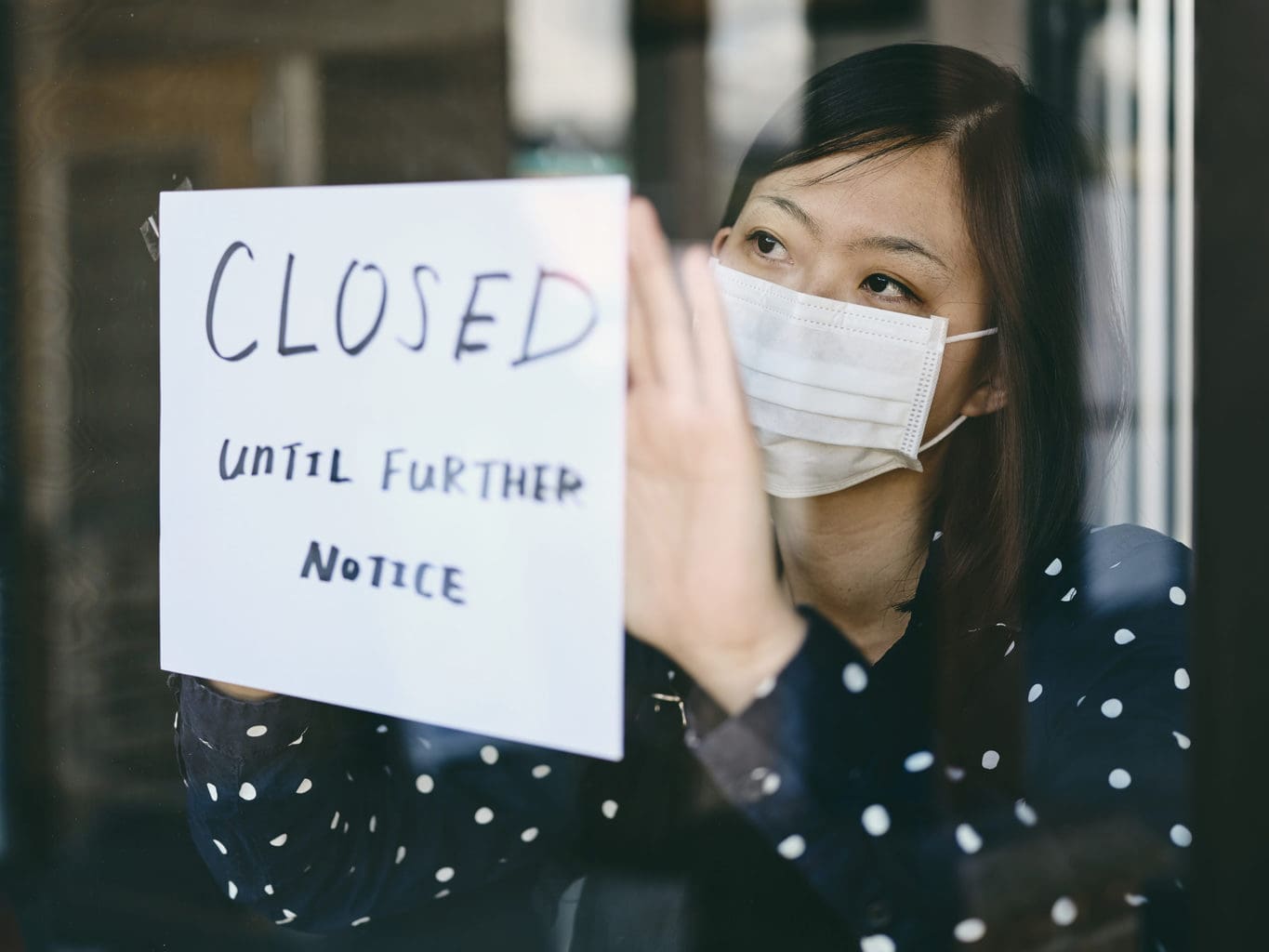
Does COVID-19 identify greater risk or more opportunities for business? Board members need to find out – fast.
Leaders often emerge during a crisis.
Research on leadership in complex situations shows it is not individual leaders, but leadership behaviours that tend to stand out.
While the pandemic provides an opportunity to emerge stronger, how do we avoid being paralysed by risk and uncertainty? For businesses leaders it is useful to examine the following questions:
- What have we learned from this crisis? What worked and what do we need to build on?
- What major capabilities do we invest in and develop that may help us with future challenges such as climate change?
- Who is our support network? (If ‘rugged individualism’ doesn’t work how do we make new friends before we need them?)

Risk and good governance
In conditions of stress and uncertainty, risks change – some significantly. So too do correlations between risks – such as financial stresses which can lead to operational issues and vice versa.
An issue that is small in ‘normal’ times can blow up under stress.
You may need to ask what are some of the key risks that as directors we should be thinking about? I believe a key risk is that of stakeholder imbalance.
Failing to ensure this balance is in place eventually leads to the decline and possible destruction of the organisation’s culture and business system.
A question to ask is: Is there a balance between stakeholders – employees, customers, investors, regulators, suppliers and community?
The recent COVID-19 experience is giving us indicators to managing good governance. So often the Board’s focus is on process and pre-meetings, caucusing and PowerPoints so the moment of governance means the decision to be made is not controversial.
But good governance is decision-making based on risk.
What we’ve learned in COVID-19 is that good governance is making a quick decision that needs to be made based on the evidence available.
Managing the risk might mean using a ‘test and learn’ process to manage risk.
In COVID-19 we have also learned that within risk good governance is practices that give clear intent (so be alert to lack of clear intent); and auditable and involves making decisions based on known risks (so be alert to processes that don’t allow scrutiny and being presented with only one option that is self-evidently true).
Uncertainty and competing demands
The outlook for businesses in times of stress and uncertainty can become clouded quite quickly – from both strategic and operational perspectives.
At present, Boards have to operate with much higher levels of uncertainty. This is very challenging for a Board – the path forward is not clear.
With uncertainty plaguing us, what should leaders be alert to? In uncertainty, there is a challenge of competing demands. At the big picture, we hear: ‘safeguarding lives and livelihoods’ and ‘solving for the virus and the economy.
What we need to be alert to is forced positions of ‘either/or’ rather than ‘both/and’ thinking.
Good examples include: a choice to damage livelihoods (through lockdowns) or sacrifice lives; short or long term; customer need or financial need.

Decisions in times of uncertainty
There are potentially thousands of these scenarios. The key is to be alert to and surface the assumptions underlying decisions in times of uncertainty and competing demands.
Here are three simple rules to help best navigate uncertainty rather than complicated rules to try and deal with everything.
- Surface your assumptions – apply ‘both/and’ while avoiding ‘either/or’.
- Know your ‘guardrails’ – that is, the parameters you can operate between. Knowing where these guardrails are helps you avoid going too far over to financial side, or too far over to the customer side.
- Make a choice understanding the need to be agile; recognise you can’t be perfect in uncertainty so if acting within guardrails can then adapt (and avoid paralysis by uncertainty).
Setting guardrails has a strong link to risk appetite and setting a clear intent. There are financial consequences you can’t breach but at the same time, customer principles to keep.
Being clear on the guardrails also means freedom within boundaries.
Recently, I heard a story about how decision-making is taught in the military. They break down the process to this simple idea: rapidly identify three options available. Make a choice but assume you will need to. Adapt once underway.
Having a clear risk appetite helps establish and communicate clear guardrails. Does your organisation have a clear intent and risk appetite that helps teams make decisions? Did you use it in recent months?
Opportunities for the future
In a crisis we often speak about risks and uncertainties and managing all that can go wrong in a crisis. But what about opportunities?
We can be over focussed on survival but not ask: “what are we surviving for?”
We can fail to appreciate some of the extraordinary achievements and to imagine what may be possible. A good example of new ways our products and services are being used during this crisis is in healthcare, where we have seen reforms from virtual health and tele-medicine.
Some of this advancement would have taken years to negotiate. Yet in a crisis, we have got it in and working.
So how can we use digital and virtual delivery for better health services in future?
Finally, we need to recognise that the pandemic is a human issue. When we look back in ten years, what do you want to say when asked: ‘What were you doing in COVID-19?’
Andrew Matthews is the former Chief Actuary of Medibank Private and is now Principal, Finity Consulting. He is also Associate Professor, Monash Business School. This article is based on a webinar for Insurance company directors championed by former APRA Deputy Chair Ian Laughlin and workshopped with a small team including Greg Martin and Win-Li Toh.
